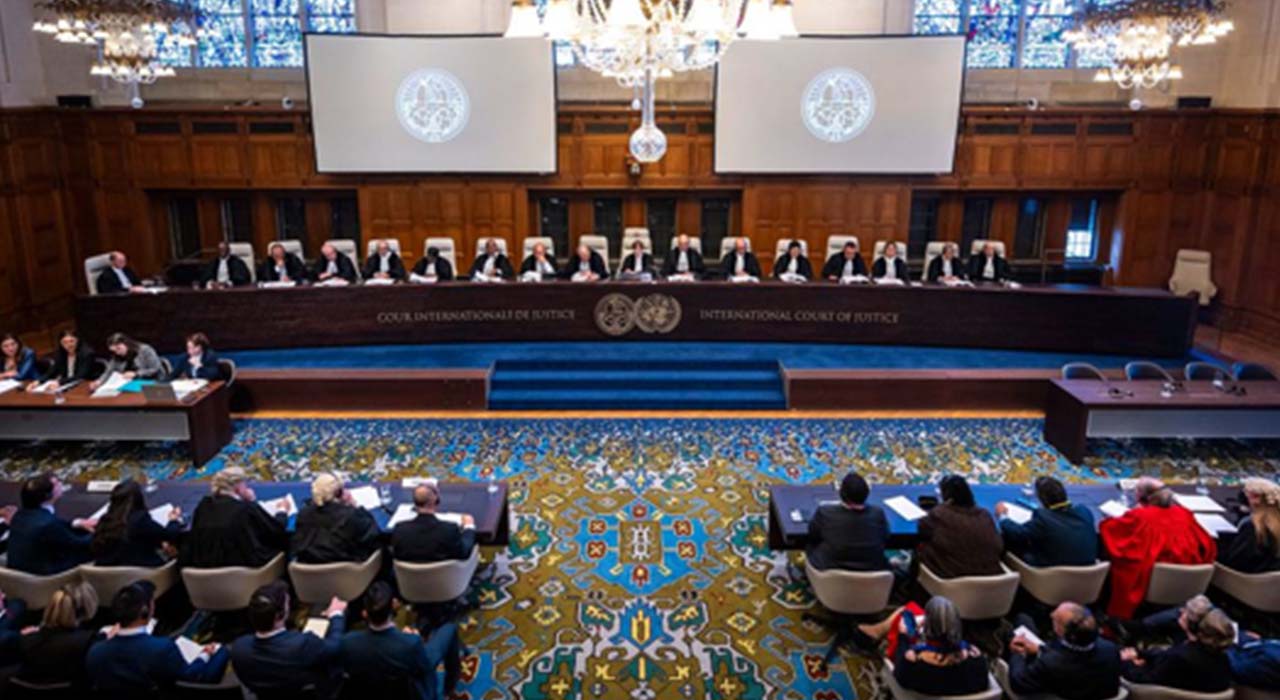
When Does the ‘Threat or Use of Force’ in International Dispute Settlement Become Unlawful?
International LawLJ HowardBy L J Howard, PhD., LL.M.*, 2 February, 2024
When Does the ‘Threat or Use of Force’ in International Dispute Settlement Become Unlawful?
A Question of Law or Politics, the Answer to Which Depends on Whom You Ask
The increasing deployment of drones and cyber weapons systems and employment of artificial intelligence in international dispute settlement, vice the more conventional platforms in the sea, land, and air domains, raises again questions in the larger debate surrounding the determination of use of force in armed conflict.
Firstly, which use of force rises to the threshold of a breach of the Charter of the United Nations art 2(4)? Art 2(4) provides “[all states] shall refrain in their international relations from the threat or use of force against the territorial integrity or political independence of any state, or in any other manner inconsistent with the purposes of the United Nations.”
The answer depends on whom one asks. Among politicians, military operatives and humanitarians found within the UN’s 193 Member States and transnational and epistemic communities, answers are varied, informed and persuasive. In the fora of international law, two sources deserve note.

The UN Security Council administers Chapter VII of the Charter. The Council determines (art 39) that, if there is “…any threat to the peace or breach of the peace or act of aggression…”, then it “shall [ a first finding of same obligates the Council to act] make recommendation or decide [decisions are more robust as they compel UN Member Staes to follow the Council’s directives] which measures …shall be taken to maintain or restore international peace and security…” (including use of armed force per art 41).
The fifteen-member Council, the Executive Organ of the UN, is a political body charged with interpretating the Charter, a legal instrument, when considering threats to and breaches of the peace. Council members may refer to many sources for political guidance. For legal guidance, it might refer to (i) declarations made in the UN General Assembly which shape the body of customary international law; (ii) findings of the UN General Assembly’s Sixth (Legal) Committee; (iii) the Office of Legal Affairs within the UN Secretariat; (iv) deliberations of the International Law Commission, a fifty-person body of independent jurists reporting annually to the General Assembly; (v) legal advisors embedded within respective Permanent Missions of Council Members; (vi) findings of the International Court of Justice (ICJ). Such outputs and outcomes are advisory, but the Council’s decisions are determinative. Alternatively, the Council may prefer to concentrate solely on political references and leave legal issues arising to judicial fora.
The ICJ is the principal judicial organ of the UN and independent. Its fifteen judges are jurists from all UN Member States, hence representing different models of interpretation of law. Based principally on civil law vice common law, the ICJ’s decisions do not create precedent for future cases; the ICJ’s statute art 59 provides decisions have “…no binding force except between the parties and in respect of that particular case.” Yet, the Court may note similarities and differences in fact patterns in case analysis.
The Council and ICJ interpret different articles of the same legal instrument advancing one object and purpose. Whether an extant threat or use of force rises to a breach of art 2(4) and whether it rises to a threat or breach of the peace (art 39) are different questions, answers to which bring different outcomes. The Vienna Convention on the Law of Treaties arts 31 and 32 provides secondary rules on how to interpret substantive treaties, but secondary rules are also subject to further modalities of interpretation.
* President, Royal Alberta United Services Institute
